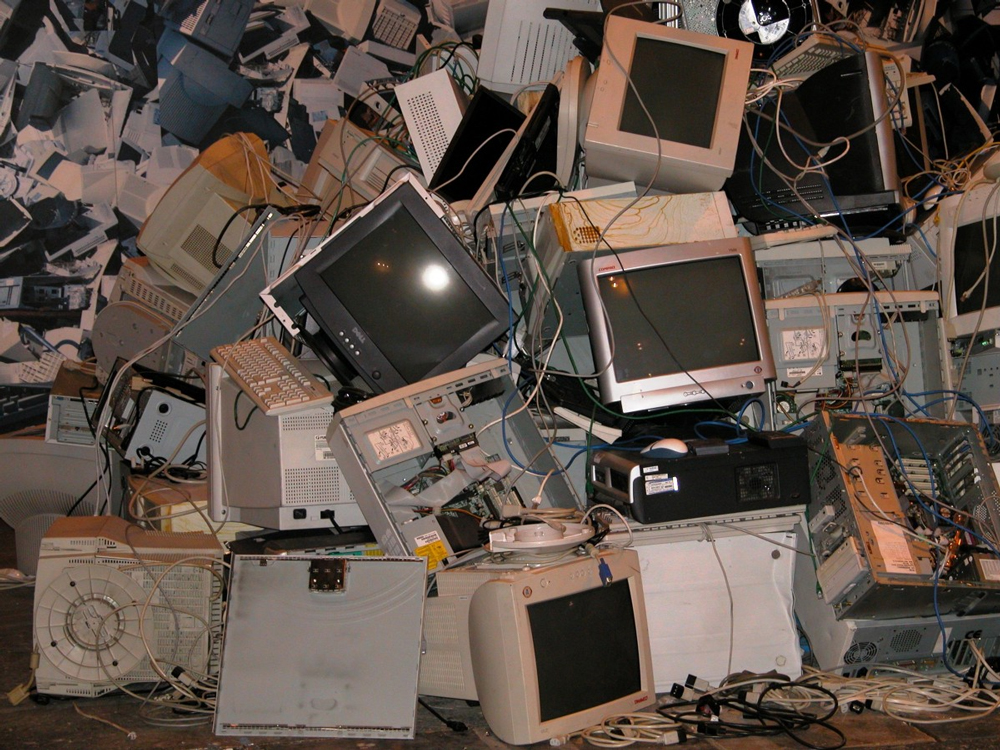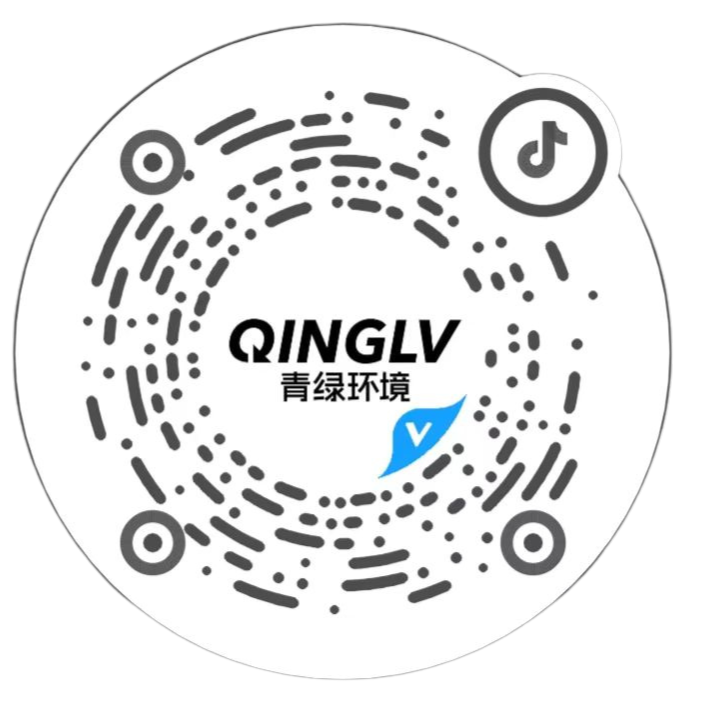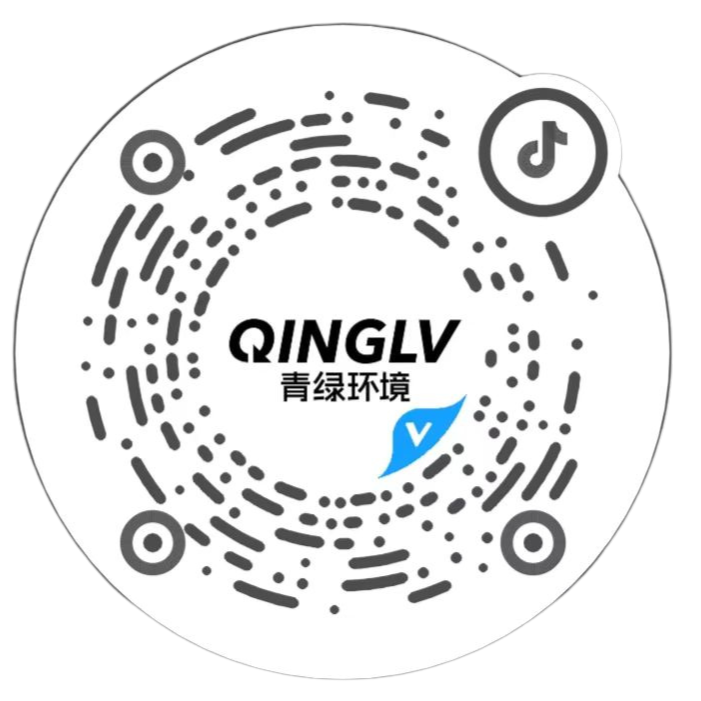 Time:2024-12-23
Time:2024-12-23
 Source:青绿环境
Source:青绿环境
Under the dual pressures of resource recycling and environmental protection, the sorting of mixed non-ferrous metals, as a vital link in waste management and resource recovery, is facing unprecedented opportunities and challenges. With the increasing global emphasis on sustainable development, how to efficiently and environmentally handle scrap metal has become one of the core issues of concern for governments and businesses around the world. This article will explore the current state of technology, development trends, and the socio-economic impact of mixed non-ferrous metal sorting.

Current State of Technology Mixed non-ferrous metal sorting mainly refers to the separation of various valuable non-ferrous metals such as copper, aluminum, zinc, and lead from sources like discarded electronic products, waste electrical wires and cables, and scrapped automobiles. Traditional methods rely on manual sorting and simple mechanical separation, which are inefficient and prone to environmental pollution. In recent years, with the advancement of technology, automated sorting techniques have gradually become mainstream. For example, X-ray fluorescence (XRF) analyzers can quickly identify different types of metal components; eddy current separators distinguish materials with different electrical conductivities through induced electromotive force. In addition, there are various intelligent sorting devices based on principles such as color recognition, density differences, and magnetic response, which not only improve sorting accuracy but also greatly reduce labor costs.
Development Trends In the future, the technology of mixed non-ferrous metal sorting will continue to develop in the direction of intelligence and refinement. On the one hand, the application of big data and artificial intelligence will further optimize the sorting process. By collecting a large amount of sample data and conducting deep learning training, machines can more accurately determine the specific location and content of each type of metal, thereby achieving precise cutting and efficient recovery. On the other hand, the development of new materials will also promote the innovation of sorting technology. For example, the development of functional coatings or additives with special physicochemical properties can make the target metals easier to separate from other impurities, thereby simplifying the process steps and improving the output rate.
Socio-economic Benefits Efficient mixed non-ferrous metal sorting not only helps alleviate the pressure of depletion of primary mineral resources but also significantly reduces the environmental risks caused by improper disposal of waste. According to statistics, more than 300 million tons of electronic waste are generated globally each year, containing a large amount of rare and precious metals. If these resources can be effectively recycled, it will not only create tremendous economic benefits but also make an important contribution to energy conservation and emission reduction. At the same time, a good sorting mechanism can also promote an increase in employment opportunities, especially in some developing countries and regions, providing local residents with more job choices.
In summary, mixed non-ferrous metal sorting is a complex yet highly potential field of work. It involves not only advanced scientific and technological knowledge but also relates to the sustainable development of the entire society. Facing the growing demands, we need to continuously explore new solutions, strengthen international cooperation, and jointly address this global issue. Through technological innovation and the joint efforts of all sectors of society, we believe that a more complete and efficient non-ferrous metal recycling system will be established in the future, leaving valuable natural resources for future generations.













 Prev
Prev











